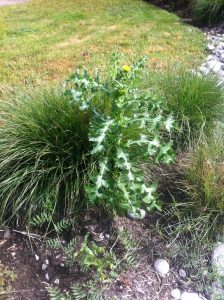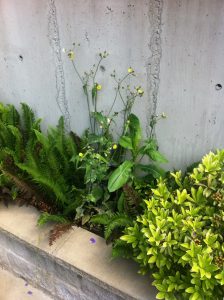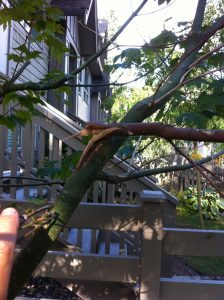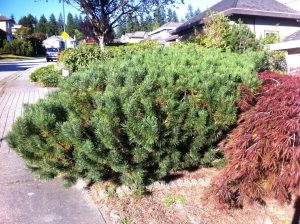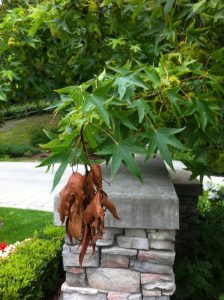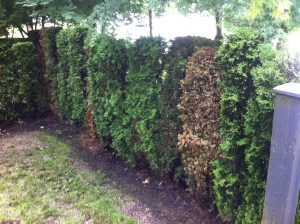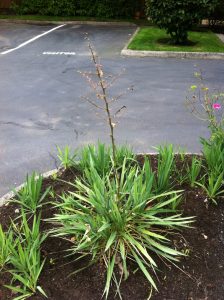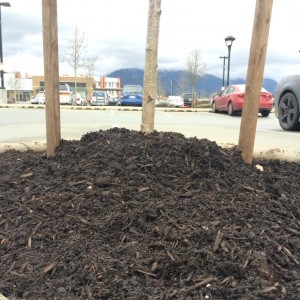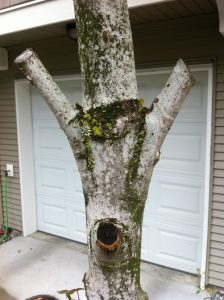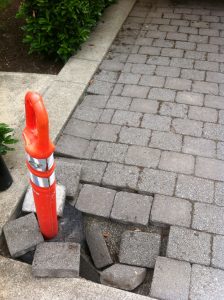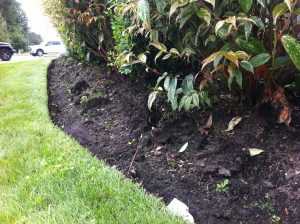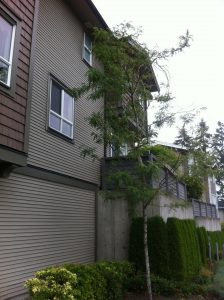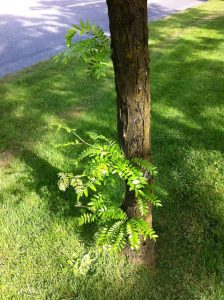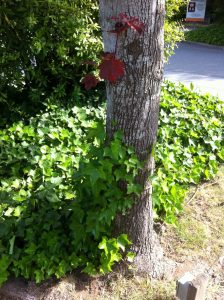Landscape eye
Developing your landscape eye is a critical skill. It takes time to develop but your landscape, bosses and clients will thank you for it. Basically, landscape eye refers to your ability to read a landscape and figure out what’s missing, totally wrong or just slightly off. This usually comes with experience once workers are fully proficient on all equipment.
I started landscaping at a prominent Lower Mainland landscape maintenance corporation we don’t need to name. There, the in-house seminar on “Developing your landscape eye” was delivered by the company owner. Not managers. The owner. That was no accident. Workers with good landscape eye can make corrections which leads to sharper and healthier landscapes. This seminar was a platform for the company owner to train his workers to see the landscape the way he does.
Some obvious examples are weeds, shrub spikes, walkway obstruction, flower deadheading, broken tree branches, tree branches touching buildings, missed blade edging, lawns that don’t look lush, dead plants, garbage, debris, cedar pruning lines, shoddy clean ups, etc.
Examples
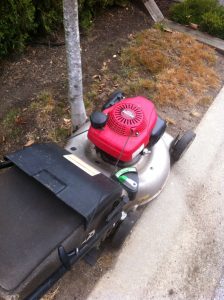
Tree collisions: to stay on the curb, mowers collide with this tree weekly. Put up a tree guard and instruct workers to avoid all collisions. Repeated abuse kills trees.
As you move and work through your gardens and landscapes, pause to take a good look. Does it all makes sense? Is it all healthy and beautiful? Work on developing your landscape eye.


